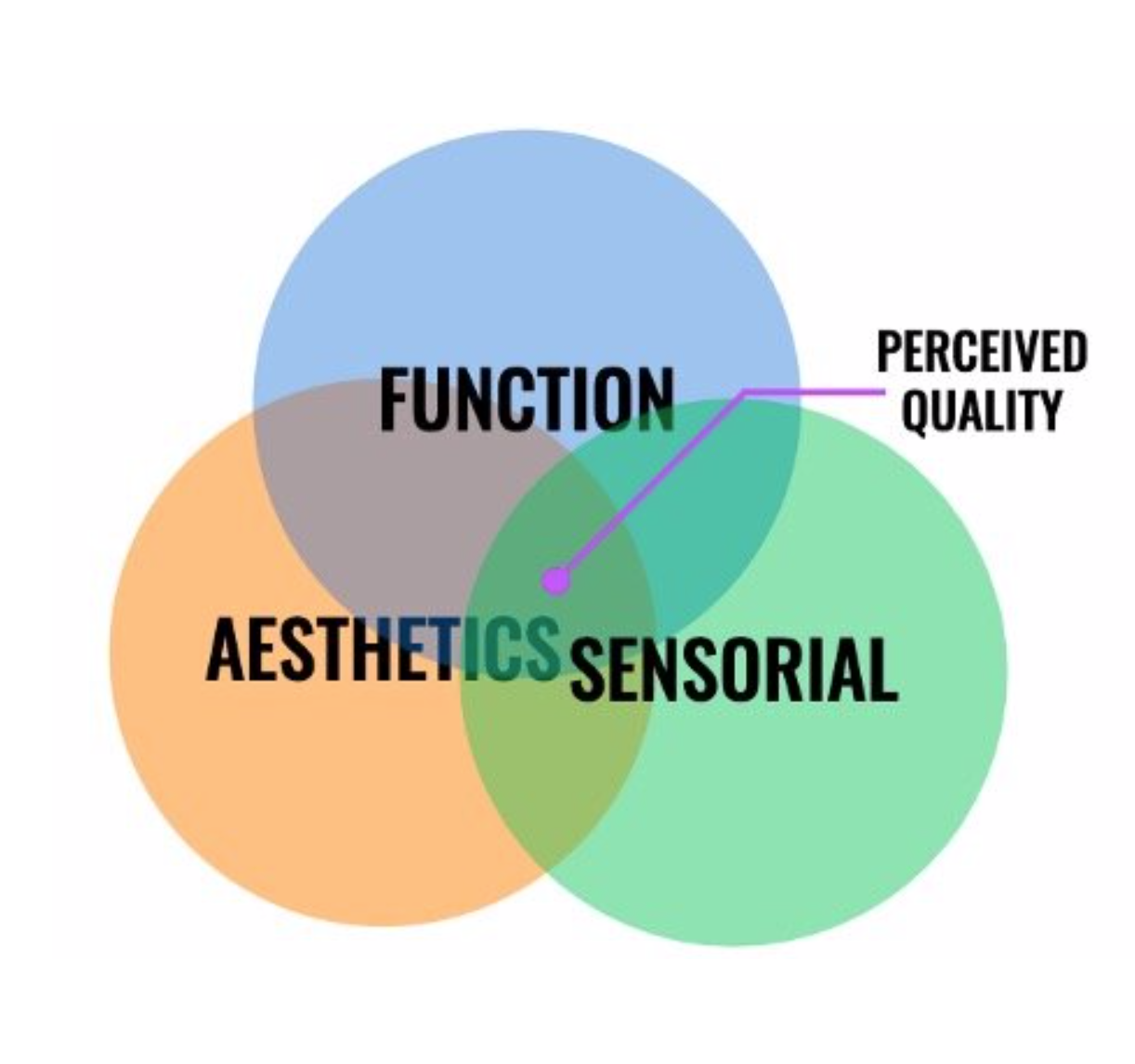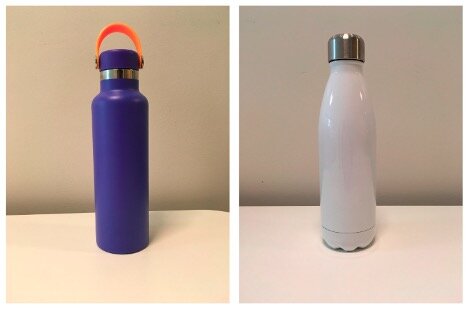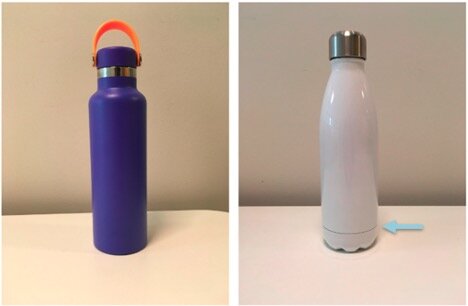Perceived Quality—What it is and Why it is Important
Human Factors Engineering is critical to validate the safety and efficacy of a product for FDA submission.
The need for validation testing is driven by 21 CFR Part 820.30(g) which states “Design validation shall ensure that devices conform to defined user needs and intended users and shall include testing of production units under actual or simulated use conditions.” Furthermore, the FDA’s has had an increased enforcement of Human Factors since publishing its 2016 guidance, as well as the industry’s realization that Human Factors can dramatically affect the success of a medical device.
The end goal of the 2016 FDA guidance is to minimize or eliminate use errors which could result in harm. It is thus important to examine all possible use errors and determine their potential severity using a risk analysis. The FDA recommends using the Perception, Cognition, Action (PCA) analysis framework which provides insight into the interaction between a user and the device while considering the environment in which the device is being used. Additionally, all components of the user interface including packaging, labeling, instructions, displays and controls should be considered. Critical tasks which could result in serious harm should be evaluated during usability validation. For validation testing, simulated use should be as similar to actual use as possible. This means that Intended users, device use, and the use environment should be sufficiently realistic.
To understand what validation study requirements are expected of manufacturers, the following guidelines and accompanying excerpts have been compiled from the 2016 FDA guidance.
A user’s perception of the quality of a product is what we call perceived quality. Perceived quality is different from the type of quality which engineering and manufacturing teams generally examine such as pass/fail criteria, tolerance values, dimensions, and analysis of defects. It is often determined by a person’s first impression when observing and/or interacting with a product or service. In this article, we explore what attributes contribute to perceived quality and the impact they have on product reception.
When going shopping, customers won’t bring a gauge with them to tell whether components are correctly aligned within a 0.05 mm tolerance, as the specification on the quality document states. They probably won’t even consciously judge a specific component or its alignment, they will instinctively judge the overall quality of the product based on glancing at the product for maybe 10 to 15 seconds. If they’re really interested in knowing more about the product, they might attempt to interact with it as much as the display set up in the store lets them. Then, they will move on to look at similar products with which to compare what they just saw. And finally, they will decide which one to buy. Their judgment may unconsciously be affected by small misalignments, scratches, and other defects found in the product, which may lead to a general perception of the product or brand. Nonetheless, the way users measure these defects depends mostly on what they see and not on a particular dimension. This is why perceived quality is so important and why the criteria for this discipline rests on perception rather than dimensions or tolerances. Sensorial aspects, aesthetics and functionality are taken into account when performing a perceived quality assessment.

The aesthetic aspects of the product when considering perceived quality might be the most obvious among the three categories stated. Aesthetics cover from component alignment to the product’s design itself. The execution of the materials, colors, and finishes found in the components is very important; nonetheless, design decisions may have an equal or greater impact on the way a product shows off its quality and functionality to the spectator. Certain colors and finishes may give the illusion of higher quality regardless of the material in which components are made out of. Of course, if the material itself is flimsy or feels cheap, this will also have an impact on the perceived quality. Additionally, certain colors and textures may express different feelings to the viewer. For example, the idea that components with darker colors are of higher quality would make them seem more robust than others. Color may thus have an impact on the observer’s perception of a products durability. In other words, the user might feel that the component with the darker color would last longer than the component with the lighter color. Meanwhile, some finishes may be perceived to be scratched more easily than others, like glossy ones, especially when not done properly. This translates into thinking the product will look as if it wore off faster than others.
Functional aspects of perceived quality have to do with the level of comfort and convenience the user thinks he/she will receive from the product. Questions about the product similar to the following may be asked by the customer: “Does this fit my lifestyle?” “Can I actually use it for what it’s intended use is?” “Is it useful to me?” “Does it fit my apartment?” “Is it big enough for my stuff?”
Finally, sensorial aspects are just as important as aesthetics and functionality. Sensorial aspects can start with the feel of the paint job or finish on any given surface of a component. Meanwhile, moving components like buttons, doors, handles, have a big impact on the sensorial perception. How receptive and precise these buttons are can be the difference between having a great experience with the product or getting frustrated every time you have to press the button to accomplish a given goal with the device. On the one hand, naturally pressing the button and getting the proper reaction from the product at an adequate response time would contribute to a great user experience. On the other hand, having to press the button five times because the product hasn’t done what you desired even though you’ve been waiting for a few seconds would bring frustration to the user’s experience.
In order to get a better sense of what we’re talking about, let’s briefly compare the perceived quality of the two bottles seen in the picture below: two products with the same functionality and similar in size.

First of all, let’s acknowledge the line on the white bottle. This line is caused by the production method which resulted in the bottle’s main body being made up of two components as opposed to the one component the purple bottle is made up of.

This line breaks the visual continuity of the bottle. This would be an aesthetic issue having to do with the bottle’s design itself, not its execution. Meanwhile, looking at the edge where the paint finishes on the neck of the bottle, the purple bottle has a straight line in contrast to the white bottle which seems is rough and inconsistent.

Additionally, the feel of the purple bottle’s matte finish is much nicer than that of the white bottle’s shiny glossy finish. This glossy finish can also account for low durability, considering this surface might be more easily scratched than a matte one, and scratches might be more noticeable. If any images were printed on the bottle, image quality would also affect the customers perceived quality.
Customers may also be interested in the ability of the bottle to keep liquids hot or cold for the longest amount of time, an aspect of the product’s functionality. Even though this is hard to appreciate just by looking at the bottle in the store, this may be assessed by product labeling, previous experience with products from the same brand or word of mouth from people that own the product. This is where brand reputation also plays an important role in perceived quality.
Perceived quality is observed in products across different industries and should be taken into account when developing any type of product or service. How each company incorporates perceived quality into their products may vary, but the way it impacts the end user is very similar. In addition, perceived quality has a high impact on the user’s experience and can make it considerably more enjoyable if considered early on in product development. Perceived quality may highly influence the way users see a given product and even a brand, making a specific product or brand stand out from its competitors.
︎ Monica Espinosa & Kaivon Assani | December 23, 2019
Related Posts


